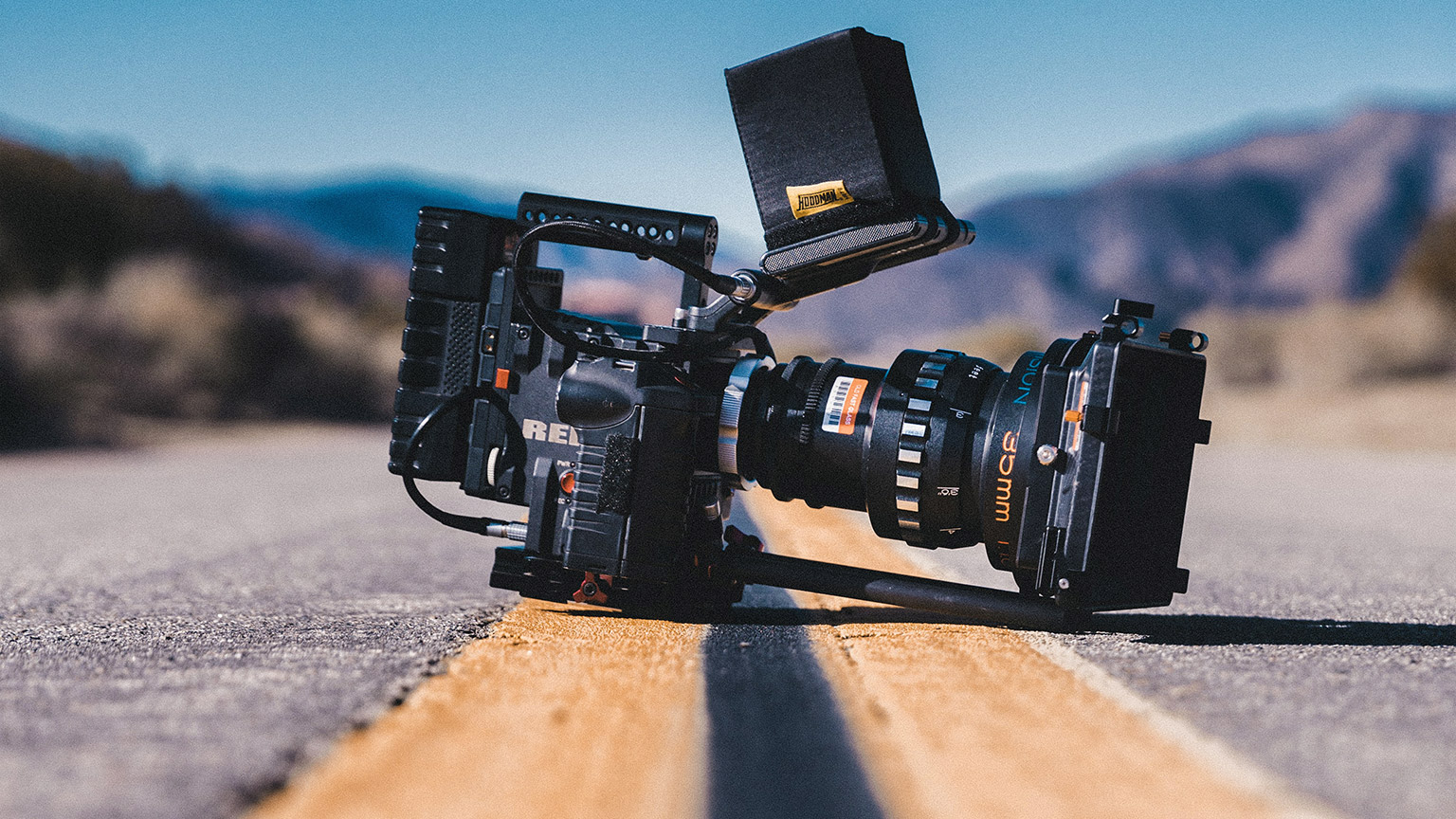The types of shots used in a film make cinema so entertaining. They are pieced together so the story unfolds before your eyes, revealing information to tell a tale that makes an impact.
There are several terms for different shots and as most movies are based around people, shots of people are fundamentally the building blocks to create a story and tell a tale.
Shots frame your character or subject, from seeing their entire body to only their eyes.
Generally speaking, we can break this down into three main shot sizes: Long, Medium, and Close.
Let’s delve deeper into the variety of shot types and then revisit how they work in storyboarding later on.
The numerous types of shot include:

Extreme wide shot
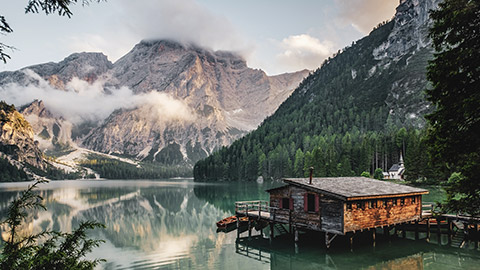
The extreme wide shot is also referred to as the 'establishing shot'. It is the first shot of the scene which is designed to show the audience where the action is taking place. You will see the large landscapes in the frame, whether the film is shown during a war period or in the inner city. This gives the audience a better feel for the time and surroundings and will introduce them to the feel of what the storyline might be.
The wide shot
A wide shot shows the character in the film with their surroundings. This is different from the extreme wide shot as it focuses on the character or subject from top to bottom; however, the shot still tends to be dominated by the scenery.

The full shot
A full shot frames the character from head to toe. It tends to push the focus on action shots.
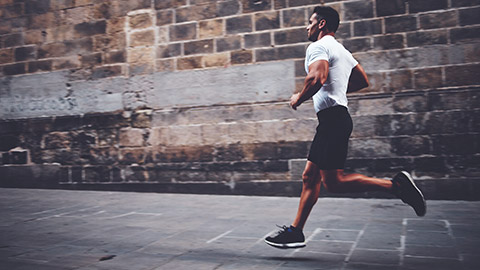
The medium shot
The medium shot is closer than a full shot. These can be seen in scenes where people are, say, sitting in a car or entering a grocery store. It shows the character from the waist up to emphasise their emotions and expressions and details of how they may be dressed. This supports the viewers in becoming more involved.
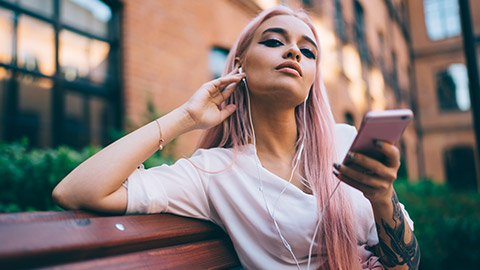
The close-up shot
The close-up shot is one of the most commonly used shots as it is intended to show the viewer a close-up of the character. It allows the audience to witness the character's emotion up close, as well as signalling and directing the audience to an important part of the scene.

The extreme close-up shot
The extreme close-up shot is to be used selectivity as it focuses on a specific portion of the character or subject. It helps the viewers observe a small detail on their face that will evoke emotions or provide crucial information in order to feel what the character is conveying. These can be used in emotional and drama-filled films.
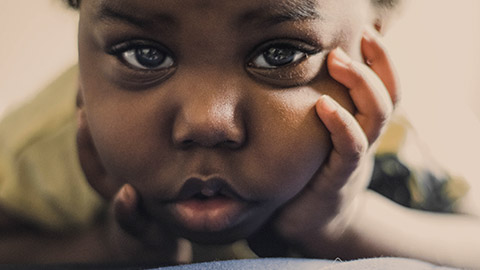
If you are interested in learning more, check out the following video (where every shot is explained).
Blade Runner is a movie that uses many powerful shot types. Watch the next video and identify how many camera angles and shot types were used within the opening scene.
Having watched the video (above), reflect on the camera angles and shot types used to identify the purpose and intention behind these scenes.
You are able to depict varying emotions by using the various shot types. So, how do directors prepare for these shots? How is it all organised to make sure no important scene is forgotten?
The worst thing that can happen to a director is to think of amazing shot types and then, on the day, forget to shoot those scenes. This is why preparation is key.
A 'shot list' is a simple list of the shots the director wants for each scene that they plan to shoot that day. It maps out everything that will happen and it serves to ensure that no scenes or shots are missed.
There is so much that goes into making a movie, it is extremely demanding and the best way to ensure all moving parts are included is to organise a shot list that documents which shot demands what equipment, how long they need to be set up for, what actors need to be involved in specific scenes; as well as the camera movement, lighting and how staging will need to be organised.
If anything is missed, it can cause delays, budget concerns and overall frustration for the film crew and actors.
In summary, the important components that need to be included in a shot list are:
- Brief description of the shot types and characters involved in each shot
- Scene number and shot number to ensure it is organised and structured
- Brief description of the camera angles and framing
- Brief description of the camera movement
- Any equipment if needed
- Location
- Sound.
